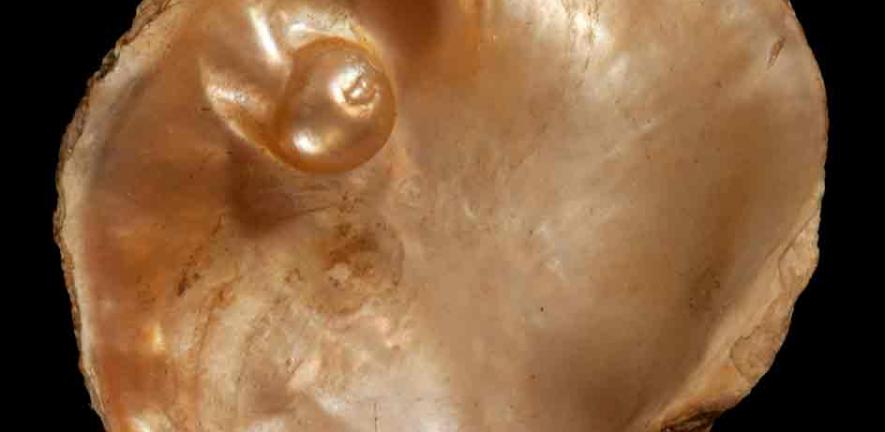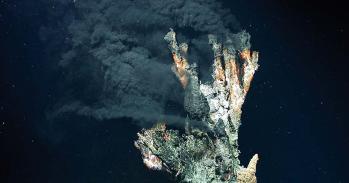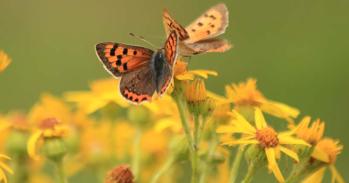
Some of planet Earth’s longest living inhabitants are the focus of a major new exhibition and website brought to life by Cambridge University’s Museum of Zoology.
Some of planet Earth’s longest living inhabitants are the focus of a major new exhibition and website brought to life by Cambridge University’s Museum of Zoology.
To make a collection as big as ours properly available and accessible to the researchers and the general public, we had to design a new website to go with the exhibition – so people can really see the depth of our amazing collection.
Roz Wade
Clams, oysters, mussels and scallops all belong to the Bivalvia, a group of more than 8000 species of the Phylum Mollusca. Bivalves have a long geological history, with fossils dating back to the Late Cambrian period, some 500 million years ago or more.
They are found in freshwater and marine environments around the world.
The Museum was last year awarded money from the Museums Libraries and Archives Council Designation Development Fund to catalogue its collection of Bivalve Molluscs and photograph the type specimens to make this collection of over 12,000 specimens accessible.
They have launched a new website (see link) dedicated to this class of molluscs, and a new display about bivalve molluscs can be found in the upper gallery of the museum.
Roz Wade, Events and Outreach officer at the Museum, said: “We have a huge collection of more than one and a half million specimens in the Zoology Department, but obviously we can only have so many on show at any one time. To make a collection as big as ours properly available and accessible to the researchers and the general public, we had to design a new website to go with the exhibition – so people can really see the depth of our amazing collection.”
The shells of bivalve molluscs are commonly found on beaches around the UK and include scallops, cockles, razor shells etc.
Bivalves are also important parts of marine and freshwater ecosystems around the world. The new display and website show the different lifestyles of bivalve molluscs, but also presents information for a general audience on conservation issues. Freshwater mussels are some of the most threatened animals in the world, with over 300 species of North American Freshwater Mussel threatened with extinction, and 37 species already presumed extinct.
The University Museum of Zoology has a large collection of shells from around the world, only a fraction of which can be displayed in the galleries.
In this collection are about 200 type specimens. These are the specimens that were originally used to define particular species. The collection also contains a number of important specimens of historical interest, including several that have been figured in well known books on Conchology.
Further information about the significance of the mollusc collections of the Museum of Zoology can be found on the website (http://www.museum.zoo.cam.ac.uk/bivalve.molluscs/)
The mollusc collection as a whole (including Gastropods) contains up to 100,000 specimen lots and is generally thought to be the largest in Britain after those in the three national museums in London, Cardiff and Edinburgh. Most of the specimens were collected towards the end of the last century, the earliest molluscan accession being made in 1819.
The bulk of the mollusc collection was amassed by Robert MacAndrew, who bequeathed it, along with a valuable library, to the University in 1873. The MacAndrew Collection, which contains over 2,000 genera and nearly 16,000 species, was assembled from a variety of sources. Much of it he collected himself on various dredging trips in the N.E. Atlantic, Mediterranean and Gulf of Suez.
This work is licensed under a Creative Commons Licence. If you use this content on your site please link back to this page.





